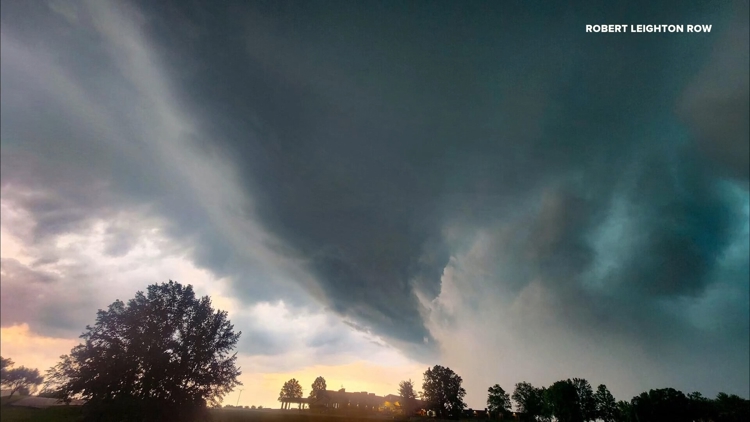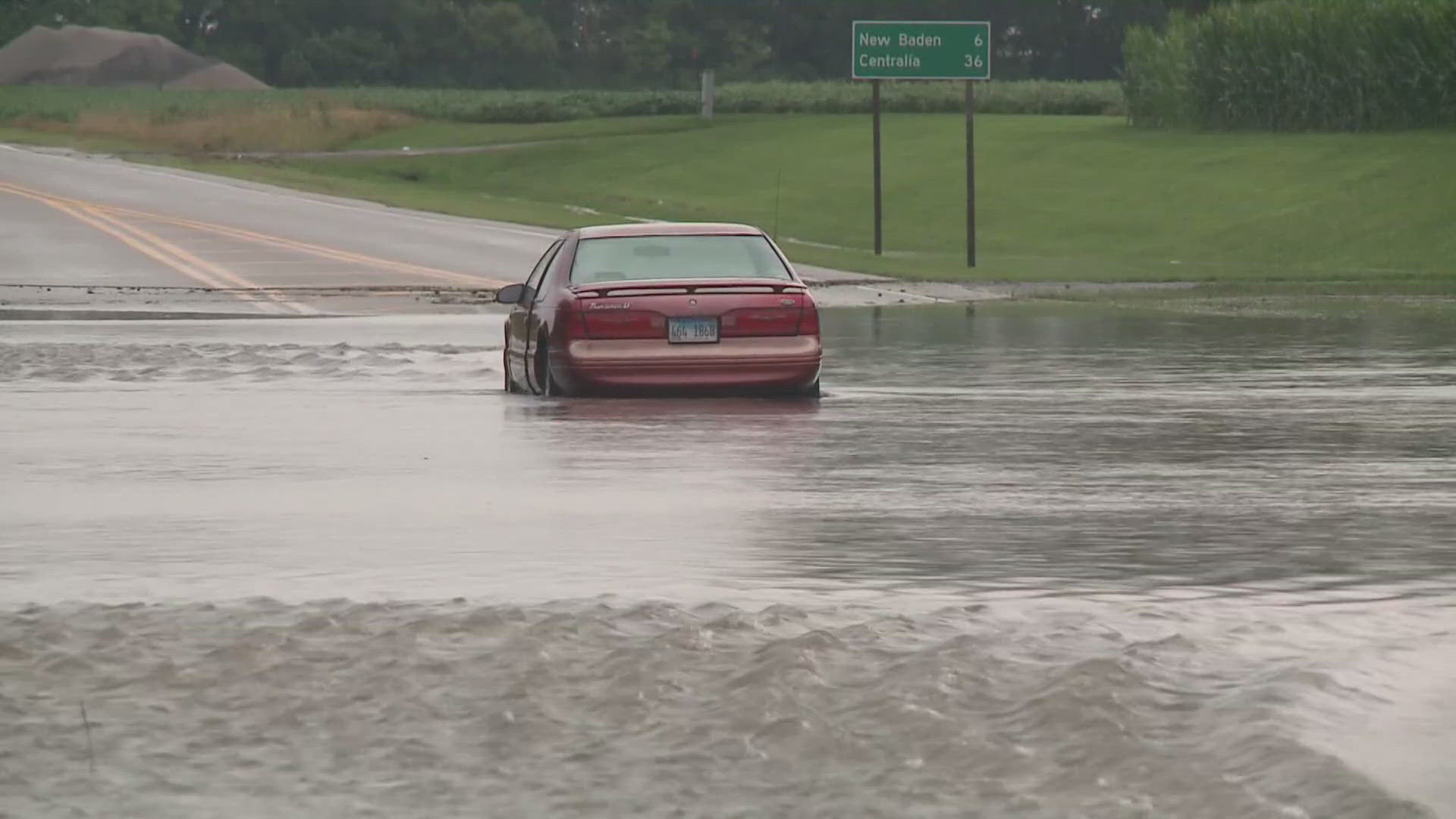ST. LOUIS — What places come to mind when you think of Tornado Alley? Texas? Oklahoma? Kansas? The experts will tell you: Tornado Alley doesn't really exist.
"One of the real big problems is that tornado alley is not a well-defined term," according to Harold Brooks, senior research scientist with NOAA's National Severe Storms Laboratory. "It's not a scientific term at all."
Storm chaser and Northern Illinois University professor Dr. Victor Gensini published a study on tornado patterns in 2018 and recently claimed what was traditionally thought of as "Tornado Alley" is expanding. Brooks, who studies where, when, and in what conditions tornadoes form nationwide, said the idea of "tornado alley" is bunk.
"Almost all of our tornadoes in the plains are in late spring, early summer, and most in the late afternoon, early evening," he said. "When you go further east, particularly in the southeastern United States, you have basically the same number of tornadoes, and that's been true for years and decades."
So if Tornado Alley isn't a scientific place, why can so many Americans point to it on a map? Science and Operations Officer Ben Herzog with the St. Louis National Weather Service Forecast Office has an idea why.
"The thing about Oklahoma and Texas is it's pretty flat out there and it's really easy to see those big tornados when they happen," Herzog said. "There's also the Wizard of Oz as a book is a big part of popular culture."
Setting the idea of Tornado Alley aside, Brooks and Herzog both say there is a slight increase in tornadoes in one part of the country.
"What we are seeing now is there is more of a shift to kind of the midsouth and southeast," Herzog said. "So you are getting into places like Arkansas, Kentucky, Tennessee, and even parts of southern Missouri."
In turn, there's been a slight decrease in tornadoes in the Texas Panhandle through western Kansas. Brooks said any "shift" is minimal.
"We're talking about a 10% change," he said. "If you think of a tornado being close to you, to where you should be taking protective action as a once-a-decade event, instead of being once a decade that's now turned into a once in 9-year, or once in 11-year event."



